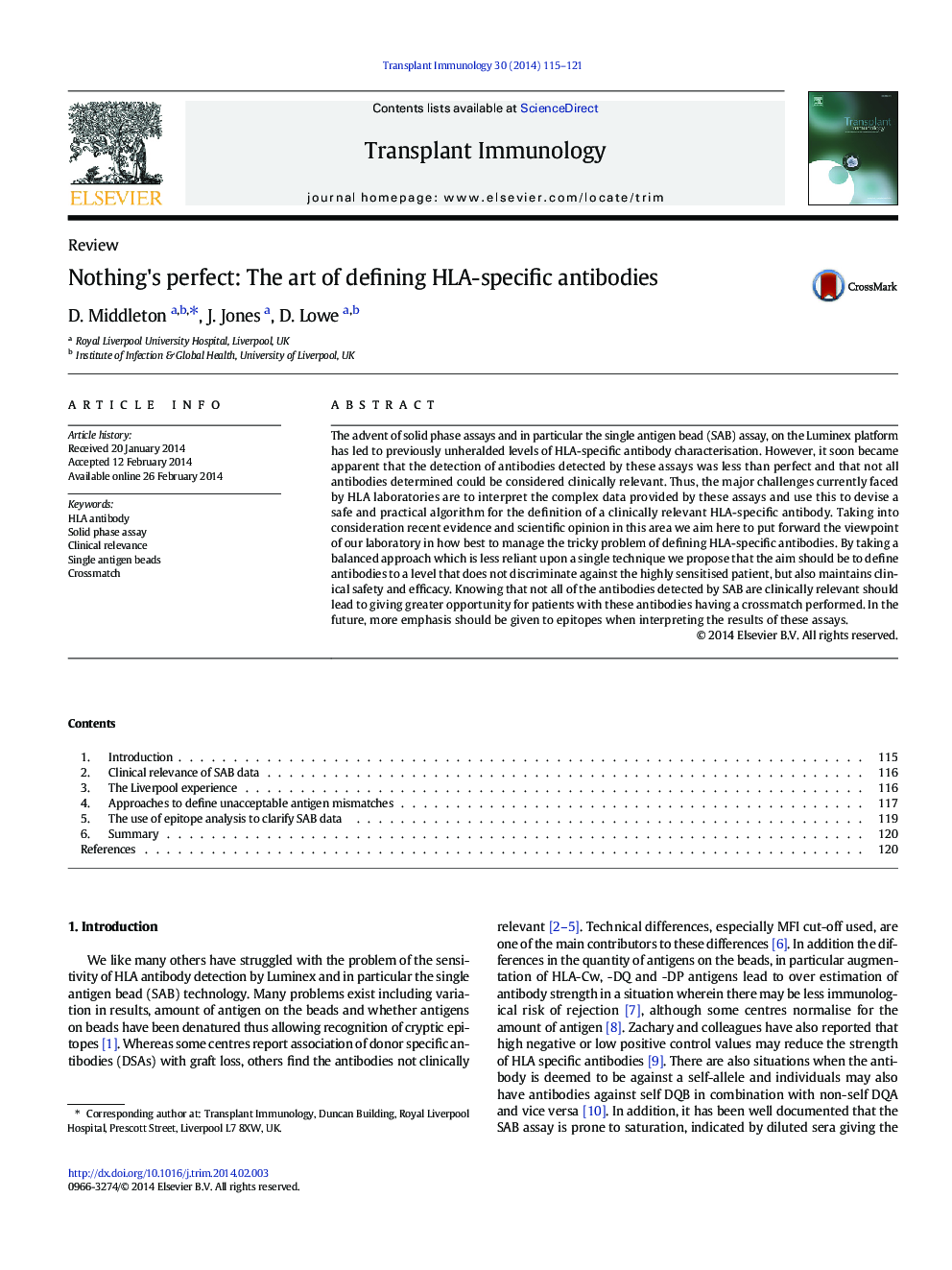| Article ID | Journal | Published Year | Pages | File Type |
|---|---|---|---|---|
| 3392068 | Transplant Immunology | 2014 | 7 Pages |
The advent of solid phase assays and in particular the single antigen bead (SAB) assay, on the Luminex platform has led to previously unheralded levels of HLA-specific antibody characterisation. However, it soon became apparent that the detection of antibodies detected by these assays was less than perfect and that not all antibodies determined could be considered clinically relevant. Thus, the major challenges currently faced by HLA laboratories are to interpret the complex data provided by these assays and use this to devise a safe and practical algorithm for the definition of a clinically relevant HLA-specific antibody. Taking into consideration recent evidence and scientific opinion in this area we aim here to put forward the viewpoint of our laboratory in how best to manage the tricky problem of defining HLA-specific antibodies. By taking a balanced approach which is less reliant upon a single technique we propose that the aim should be to define antibodies to a level that does not discriminate against the highly sensitised patient, but also maintains clinical safety and efficacy. Knowing that not all of the antibodies detected by SAB are clinically relevant should lead to giving greater opportunity for patients with these antibodies having a crossmatch performed. In the future, more emphasis should be given to epitopes when interpreting the results of these assays.
